7 Effective Personal Branding Tips for Designers (+ Examples)
Branding is an important aspect of every business. Not just for big companies and startups, but it’s also true for freelancers and professionals. Especially for designers.
The way you create your personal brand will play a key role in your success as a professional. Because your brand is how your clients perceive your work and your business.
How do you create a successful personal brand? As the brand futurist Simon Mainwaring said, you should first “define what your brand stands for, its core values and tone of voice, and then communicate consistently in those terms.”
That’s exactly what this article is all about. To help you define your core values and the tone of voice to create a successful personal brand as a designer.
Whether you’re starting out in the design industry or looking to refresh your existing branding style, follow these tips to make sure you build a winning personal brand for your business.
What Is Personal Branding?
Before we get into all the details, it’s important to have a clear understanding of what personal branding is all about. Because, unlike business and corporate brands, personal branding is quite different. Mainly as it involves promoting yourself as a business.
Personal branding is all about using yourself as the face of your business to promote your services. Your name becomes your business name, your logo, and your signature.
To create a successful personal brand, you need to be consistent, stand out as an authority in your industry, and be known for doing great work.
For example, when you see the name Ralph Lauren you immediately recognize it as the famous luxury fashion brand. But, it will also make you think of the American fashion designer behind that brand.
Why Is Personal Branding Important?
Creating a personal brand is not about creating an empire or squashing your competitors. It’s about creating a name for yourself. And to be known for your work.
As a designer, your personal brand can be your professional identity. It’s how your potential clients can recognize your work. And also to show your value as a professional.
Simply put, a proper personal brand will help determine whether you’ll be charging $1,000 for a logo design or $10,000. Following these tips will surely help you be in the latter group.
1. Think Quality Over Quantity
When Steve Jobs started NeXT in the 80’s, he wanted to create an iconic logo for the company that stands out from the crowd. He turned to the most iconic designer at the time, Paul Rand and paid him $100,000 to design the NeXT logo. Back then $100k must have been like a million dollars or probably more.
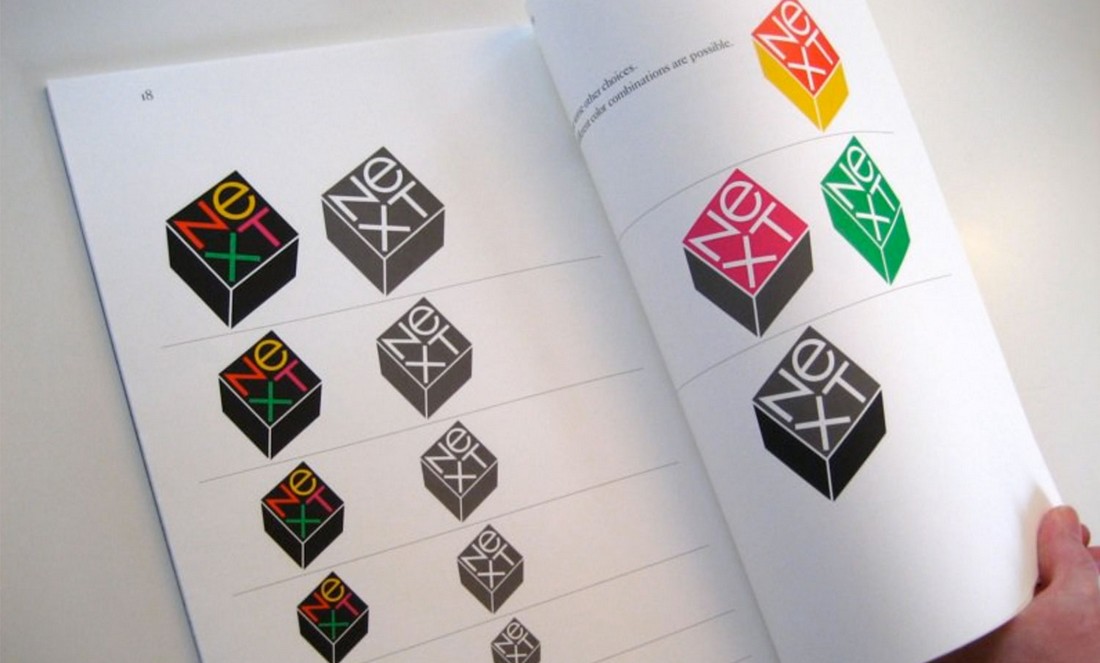
Steve Jobs chose Paul Rand for the job because he was the designer known for iconic work. Not because he was the one doing the most design projects or one with the cheapest price.
Paul Rand didn’t get this status overnight. He worked years to get to the place where he earns $100k from a single logo design. He only picked clients that he believed in. And delivered quality work.
Of course, it’s difficult to be picky of clients when you’re just starting out. But, you if can create a habit to choose the best clients and deliver amazing work for each client you work with, you will eventually create an iconic personal brand that leaves your mark as a designer.
2. Stay True To Your Heritage
English fashion designer Alice Temperley once said that “you have to stay true to your heritage; that’s what your brand is about.” It’s great advice that can be interpreted in many ways. Although, for designers, it mainly addresses the process of finding your design style.
Every designer has their own unique style that they are known for. But they create this style by finding inspiration from designs that came before them.

Take the logo designs for Gucci and Chanel, for example. The logo for Chanel was designed back in 1925 by Coco Chanel. And Aldo Gucci must’ve found inspiration for the Gucci logo from Chanel when he designed it in 1933. Even though both logo designs have similar features, both companies went on to become successful brands.
As designers, you are encouraged to think outside the box and be unique. But, you should also remember to stay true to your heritage. Find inspiration from more successful designers. After all, they were successful for a reason.
This will help you find your own unique and effective design style that you can incorporate into your personal brand.
3. Create Your Own Identity
Even a personal brand needs a brand identity. Although, creating an identity for your personal brand is not just about designing your business card and portfolio website. It’s mainly about creating a personal brand identity around your profession.
For example, Paul Rand was known for logo design, Jony Ive is known for product design, and Coco Chanel was known for fashion design.
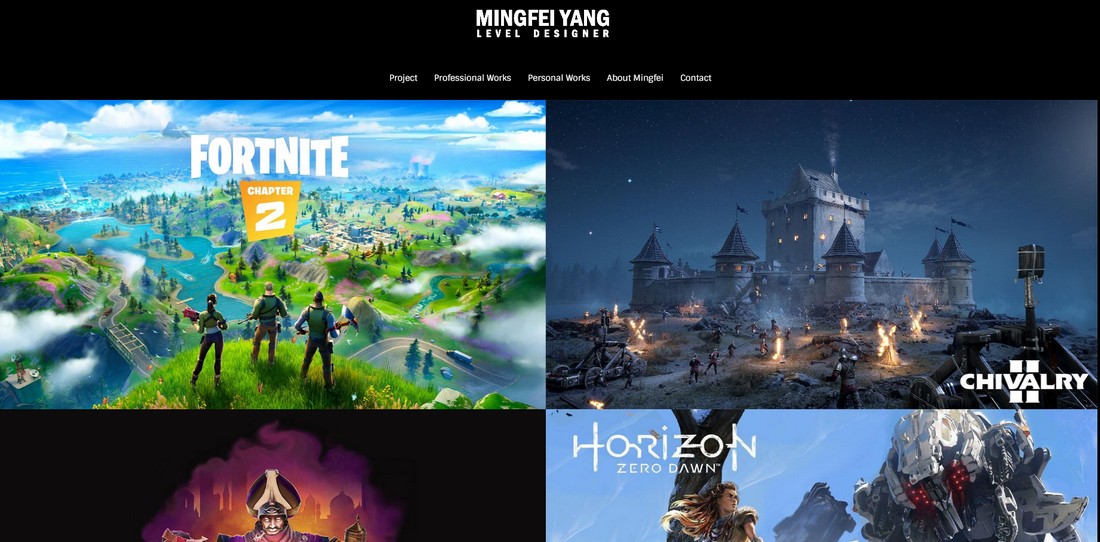
It’s easy to be known as a jack of all trades. But it takes a lot more work to be known for something specific. Like Mingfew Yang, who is known as a video game level designer.
Make it your goal to be known for your niche. That will ultimately become your brand identity.
4. Leverage Storytelling
Successful entrepreneurs always use their personal stories as part of their personal brand. Take Mark Cuban, for example. Even as a multi-billionaire, he still talks about how he did door-to-door sales and how much he was able to learn from those early jobs.

Storytelling is one of the most effective ways of making an emotional connection with your clients and customers. And you should leverage this when creating your personal brand.
Incorporate your personal stories, early jobs, and your side projects into your personal brand to connect with your clients in a deeper level.
5. Do Exemplary Work
This actually ties in with the first tip we talked about— Delivering quality work. As it plays a key role in convincing your clients of your abilities and skills.
It’s easy for any designer to “say” they have 10-years of experience or have a degree in product design. But it takes a lot more work to convince the clients you have the right skills.
However, it won’t be much difficult if you do great work. Then all you’d have to do is point to a design you’ve created before. That’s why creating a killer portfolio should be an important part of creating your personal brand.
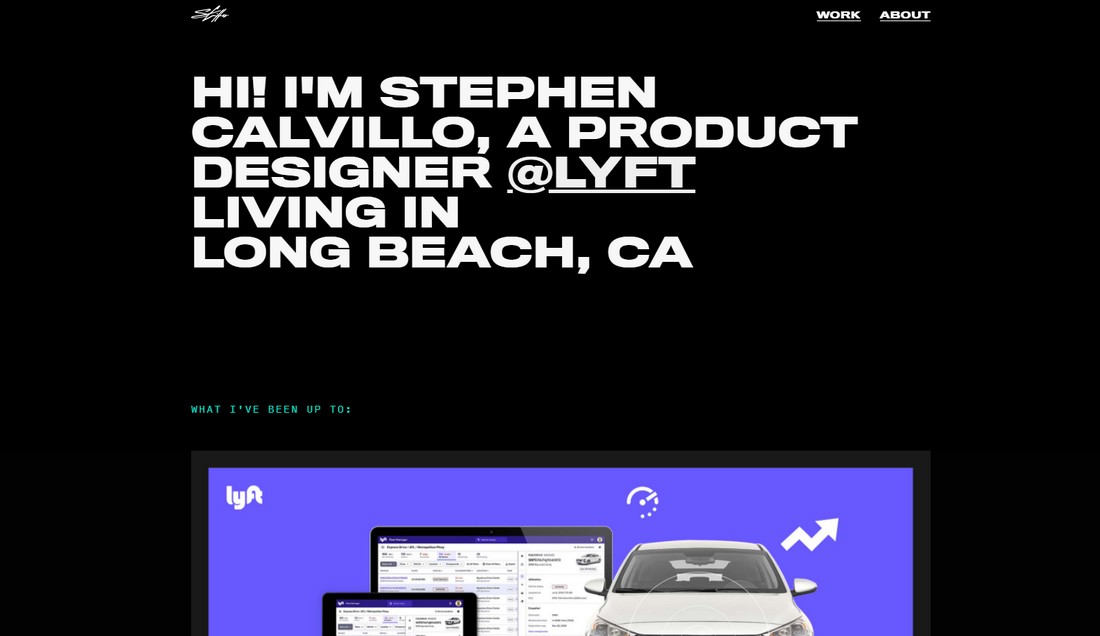
Take Stephen Calvillo’s portfolio website, for example. He starts off by saying he works for Lyft and shows off some of the impressive work he’s done for big clients.
6. Find The Right Price
Pricing can also be a part of your personal brand as well as your success as a designer. Figuring out the right price for your services is something you should do in the early stages of your career.
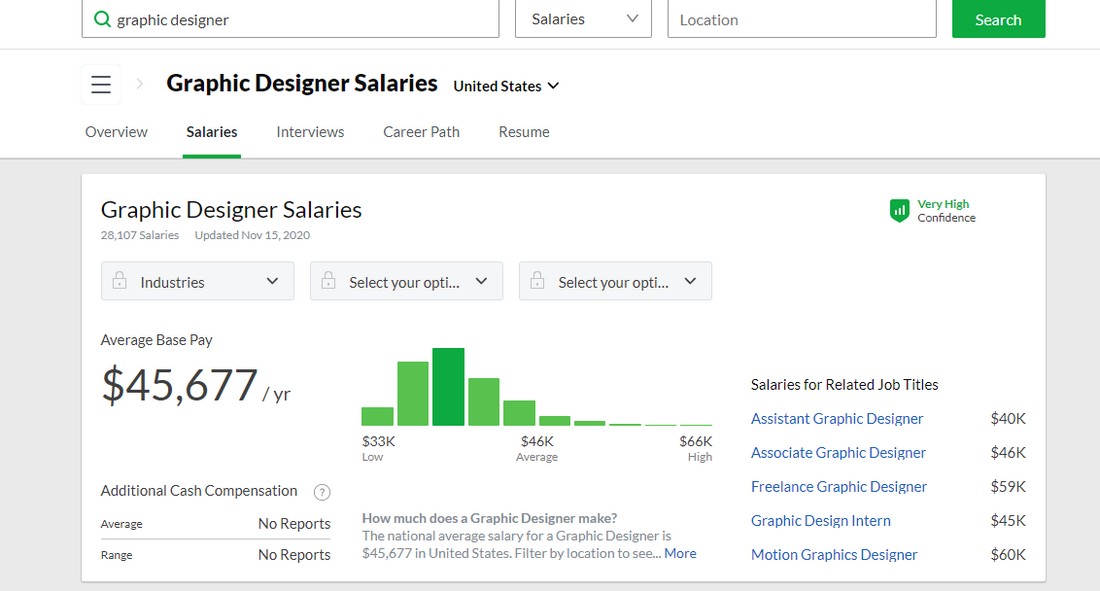
The price is the main difference between designers on Fiverr and designers who work with big clients. And there’s a big difference between the clients who seek designers on sites like Fiverr and clients who search for designers on Dribbble.
It’s up to you to decide which category you want to be in, what type of clients you want to target, and to find the best price for your services. Of course, clients will always try to undermine your work and ask for discounts. With the right approach, you can convince them otherwise. Chris Do, founder of The Futur has great advice for handling such clients. Watch this roleplay video to see it in action.
7. Share Your Secrets
The competition among designers is one of the biggest reasons that keep them from networking. Most designers are afraid of giving advice and sharing secrets thinking they’ll lose their potential clients to someone else. You should be doing the exact opposite.
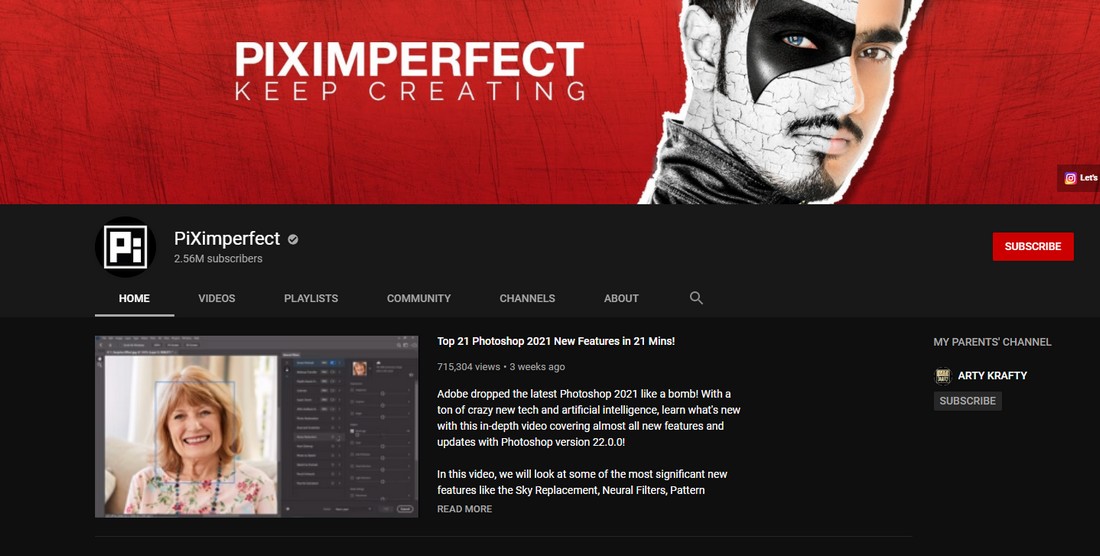
Unmesh Dinda started his YouTube channel to share his passion for design. He shared all his secrets and now he’s known on YouTube for his Photoshop skills. Even Adobe has hired him to teach classes after seeing his videos.
Make it a feature of your personal brand to be transparent and open about your process. Use your Behance portfolio to share how you work. Teach a course on Skillshare. Start a YouTube channel. Be known as the designer who helps others.
Conclusion
Even though personal branding is important, you should also remember to stay true to your work, skills, and always be humble. You can only create reputation and a successful brand by delivering great work and through good communication.